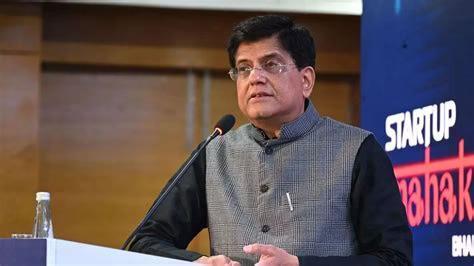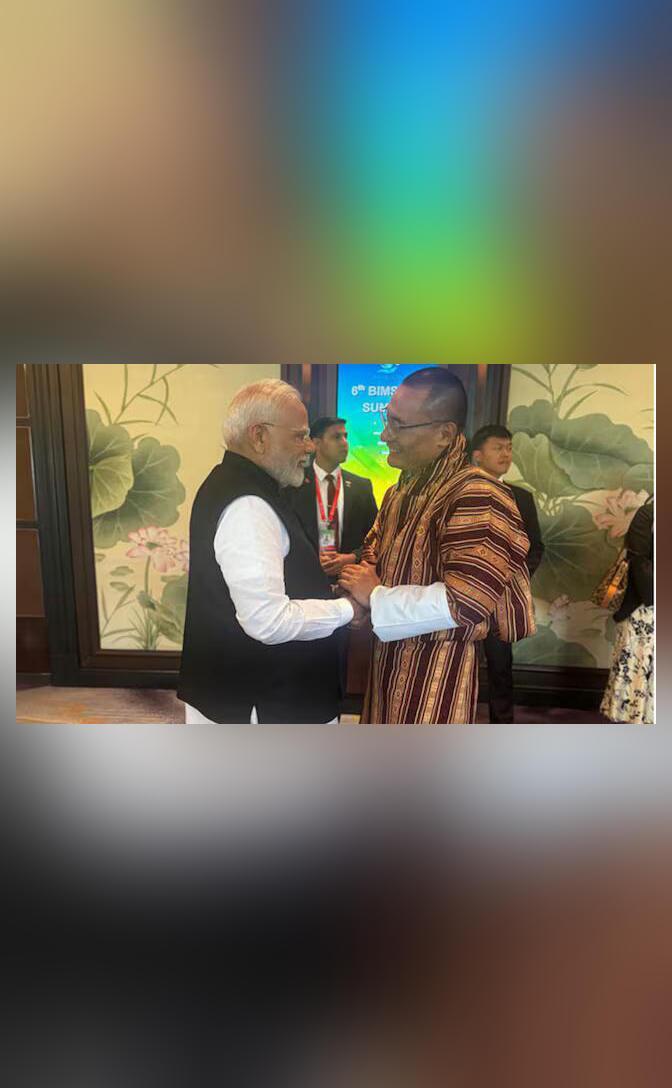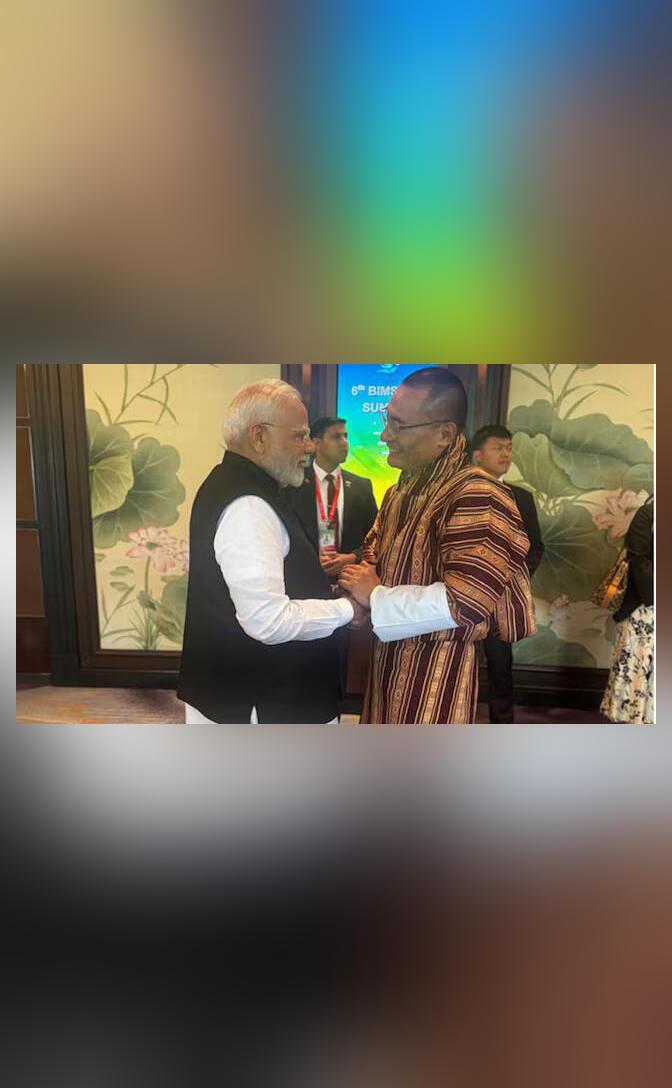
Indian Brands Go Global: Competing on Design & Quality
In recent years, there has been a significant shift in the way Indian brands approach the global market. Gone are the days when Indian companies simply focused on attracting foreign brands to set up shop in the country. Today, Indian brands are boldly going global, competing on design, quality, and innovation. This paradigm shift is driven by a strong manufacturing sector, strategic marketing, and a growing recognition of Indian brands’ value proposition.
The latest trend is evident in the success stories of Indian companies that have made it big globally. For instance, companies like HCL Technologies, Infosys, and Wipro have established themselves as major players in the technology sector, providing top-notch services to international clients. Similarly, consumer goods companies like Tata Consumer Products, Hindustan Unilever, and Godrej Consumer Products have expanded their global footprint, offering high-quality products to customers worldwide.
According to Dheeraj Sinha, CEO of FCB India, Indian brands are winning globally by focusing on design, quality, and competitiveness. “Indian brands have come a long way in terms of quality and design,” Sinha says. “They are now competing with global brands and winning.” (1)
One of the key factors contributing to the success of Indian brands abroad is their ability to adapt to local markets while maintaining their unique identity. For instance, Indian fashion brand, Fabindia, has successfully launched its store in the United States, catering to the growing demand for Indian clothing and textiles among American consumers. Similarly, food company, Haldiram’s, has expanded its global presence by opening outlets in countries like the United Arab Emirates and Singapore, offering a taste of Indian cuisine to international customers.
Another significant factor that has contributed to the growth of Indian brands globally is the country’s strong manufacturing sector. India’s manufacturing industry has undergone significant transformation in recent years, with companies investing heavily in technology and innovation. This has enabled Indian brands to produce high-quality products that meet international standards, making them competitive in the global market.
The government’s support for Indian companies expanding globally has also played a crucial role. Initiatives like the Make in India campaign, aimed at promoting domestic manufacturing, have helped Indian companies to scale up their operations and venture into new markets. Additionally, the government’s liberalized trade policies and favorable business environment have encouraged foreign investment and collaborations, enabling Indian brands to tap into global markets.
Strategic marketing has also been a key factor in the success of Indian brands abroad. Companies have recognized the importance of understanding local consumer preferences and behaviors, and have adapted their marketing strategies accordingly. For instance, Indian beauty brand, Lakmé, has launched a range of products specifically designed for the Middle Eastern market, catering to the region’s unique beauty needs.
The growing recognition of Indian brands’ value proposition has also contributed to their success abroad. Indian brands are increasingly being recognized for their unique blend of traditional craftsmanship and modern design, which sets them apart from global competitors. For instance, Indian homegrown brand, Tanishq, has become synonymous with high-quality jewelry, offering a range of products that appeal to international customers.
In conclusion, Indian brands are going global, competing on design, quality, and innovation. With a strong manufacturing sector, strategic marketing, and government support, Indian companies are establishing themselves as serious global contenders in industries ranging from consumer goods to technology. As the global market becomes increasingly competitive, Indian brands are well-positioned to capitalize on the opportunities presented by international expansion.
References:






